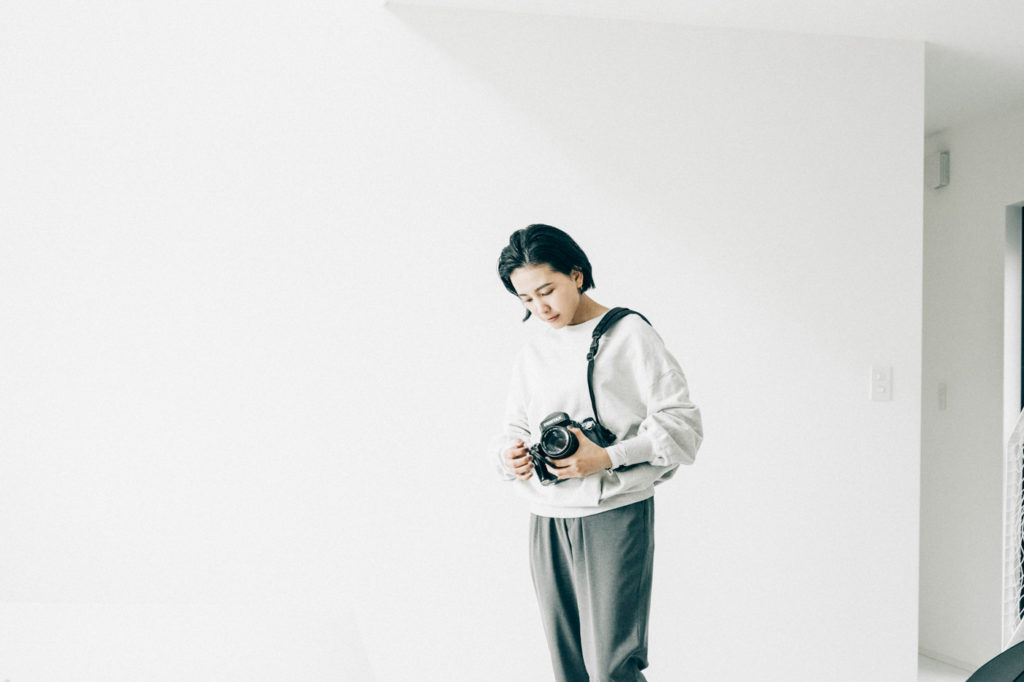— Tell us about the area you live in.
I live in the heart of Kumamoto City. The location is close to the city center, but it’s a peaceful setting with views of the countryside. There are even loache fish swimming in the river nearby, and fireflies glowing in the early summer. Wild boars and monkeys also pay us occasional visits from the mountains out back.
— Are you originally from Kumamoto?
I was born in Kumamoto but changed elementary schools a few times traveling to Amakusa then Miyazaki and back to Kumamoto. We moved a lot for my father’s work. Our homes in Amakusa and Miyazaki were close to the sea. For holidays our family frequently made trips to the sea as well as the mountains and to the amazing volcanic landscape of Aso every summer. I grew up in very close contact with nature.
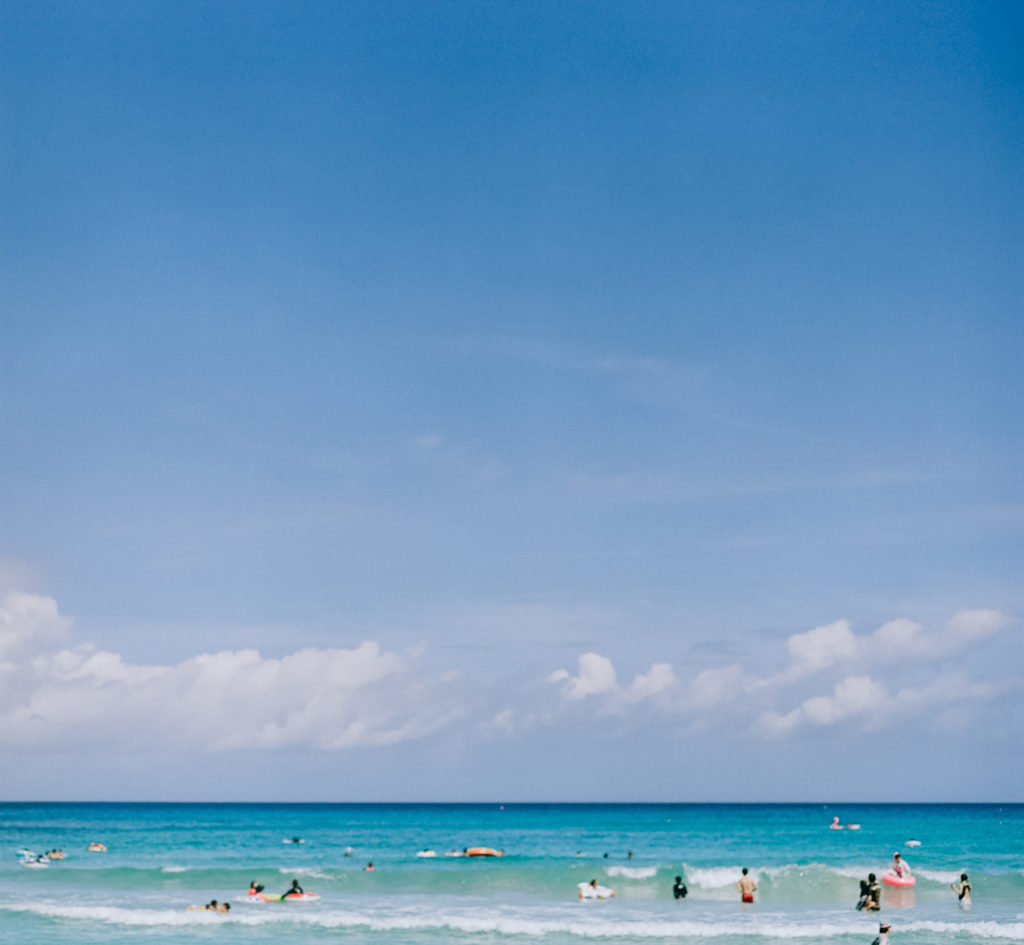
— What is Kumamoto like for you?
Because I moved so much up to the sixth grade, I used to have only a hazy notion of my hometown. But that changed after the Kumamoto earthquakes of 2016. The heartbreaking sight of Kumamoto Castle and the damage across the city came was a tremendous shock to me. I still remember that feeling like yesterday.
For nearly four years since the disaster, I watched over the reconstruction work on Kumamoto Castle and photographed the progress. Seeing countless hands tending to the castle and rebuilding it little by little gave me bursts of energy. That made me realize that Kumamoto had grown on me and become the hometown of my heart.
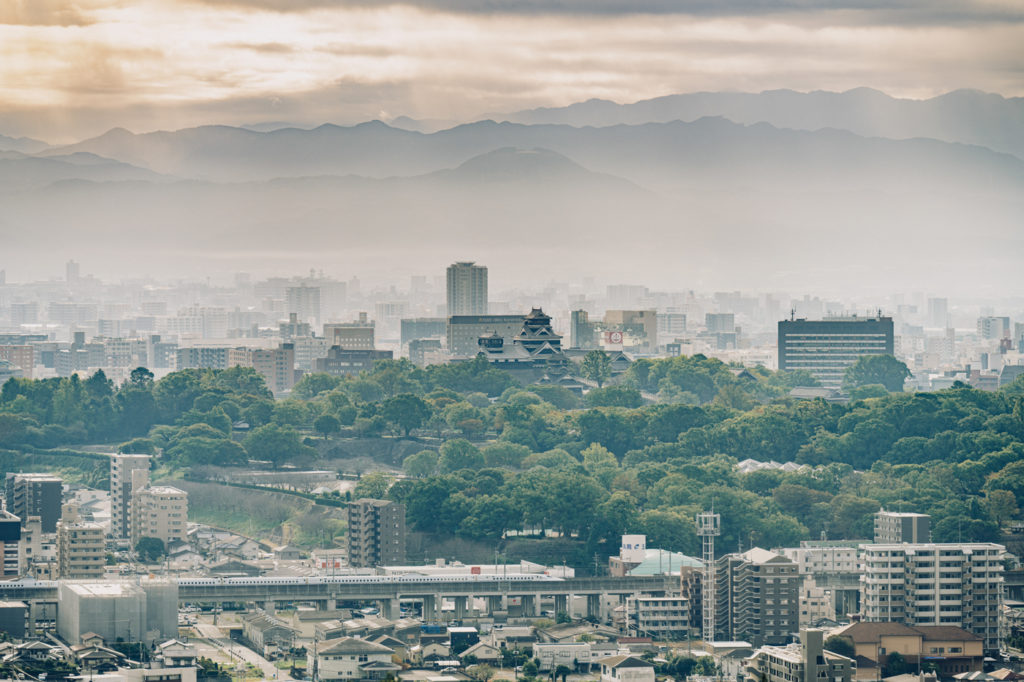
— As you go about your daily life, what do you feel is special about Kumamoto?
Kumamoto is rich in the resources of Mother Nature, from the Aso caldera—one of the largest volcanic features of its kind in the world—to the virgin beech forests of the Kyushu Sekiryo Mountains and of course the plethora of hot and cold springs welling up everywhere. And one must also not forget the beautiful sea into which the many pristine rivers flow into. I never really appreciated this when I was younger but seeing it through the camera lens has helped me recognize the special local attractions around me.
Also, my uncle is a mountain guide, and he inspired me to start climbing in my twenties. I like that Kumamoto City offers easy access to the mountains which are just a bit over an hour away. My work takes me to all kinds of communities in Kumamoto Prefecture but hiking and walking the areas always present new and fresh sceneries to me.
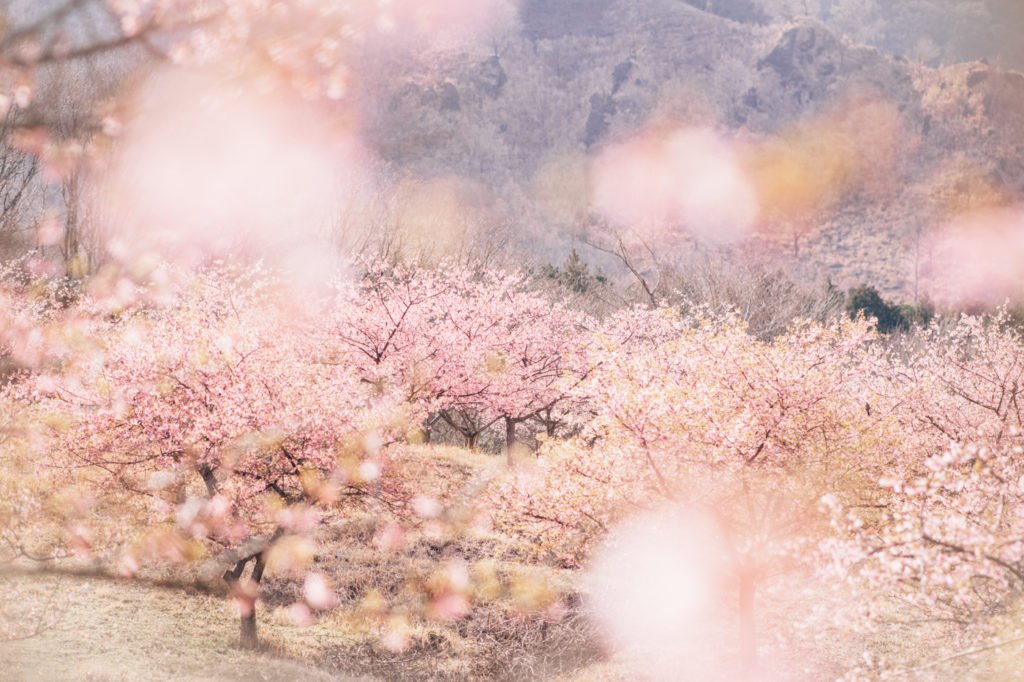

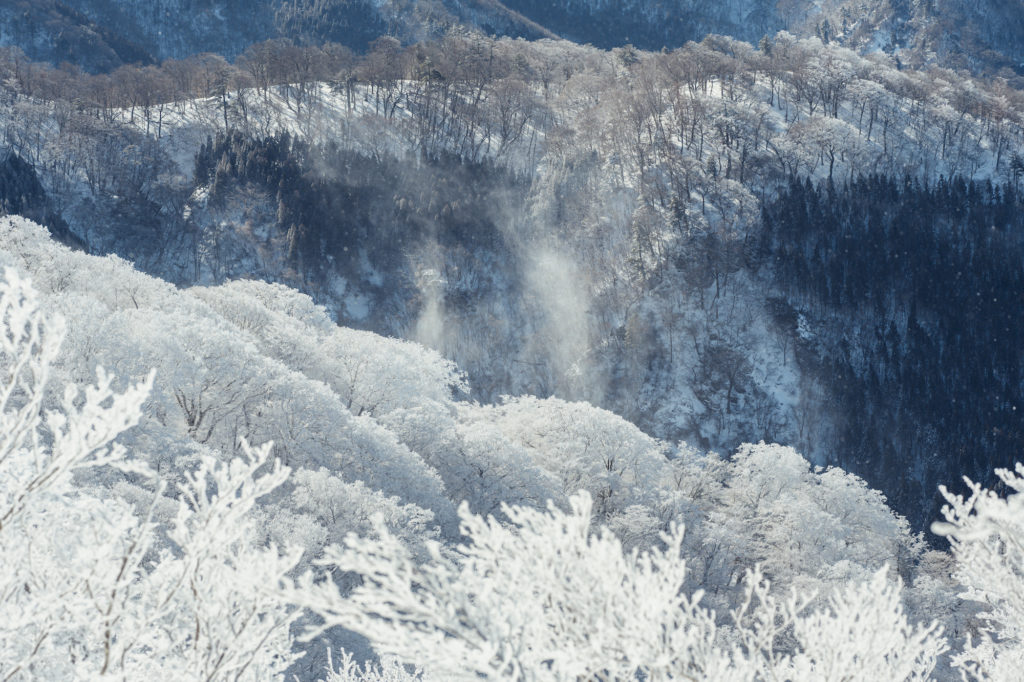
— Tell us about your work and your life at home.
I work mainly in advertising photography and also do architecture, landscape, portrait, product, and food photography. I usually take on projects within Kumamoto Prefecture, but also do quite a lot of jobs outside. My husband is in the same line of work. We raise our daughter with help from my family and my mother-in-law.
Because our home is also a photography studio, it’s difficult to draw the line between work and private life. I’m sure this puts some degree of strain on our small girl. To make up for it, I try to share with my daughter the breathtaking landscapes, amazing foods, and enlightening experiences that I encounter when I travel to different places for photo shoots. When I am impressed by a place, I make a rule of going back there with my family while it’s still fresh in my memory. I’m hoping that over time, it will help my daughter understand why I love my job and keep at it.
— Do you ever photograph community events?
Last year I started photographing community events in a village called Itsuki, in the Kuma area of southern Kumamoto Prefecture. I got to know the residents when I took on a project there several years ago. As I go about spending entire days photographing them pounding rice for mochi with a lever—the process is unique to southern Kumamoto Prefecture—and harvesting hang-dried rice, and I find myself enjoying the gentle passage of time that is poles apart from my own daily life, where I am always pressed for time. There is so much to learn from the elders in all the communities I visit.
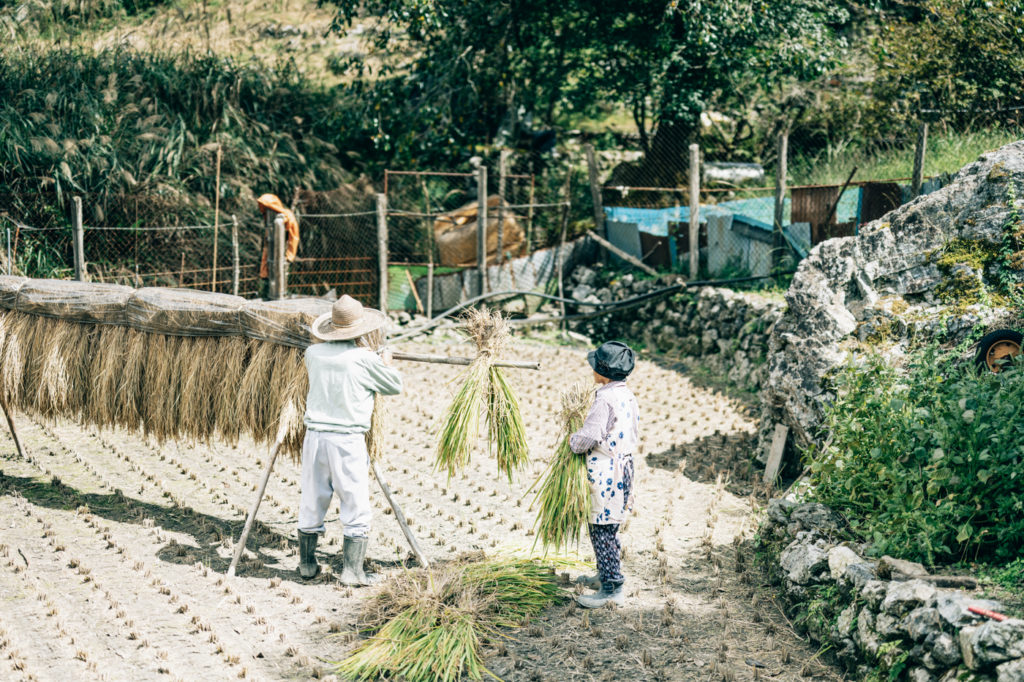
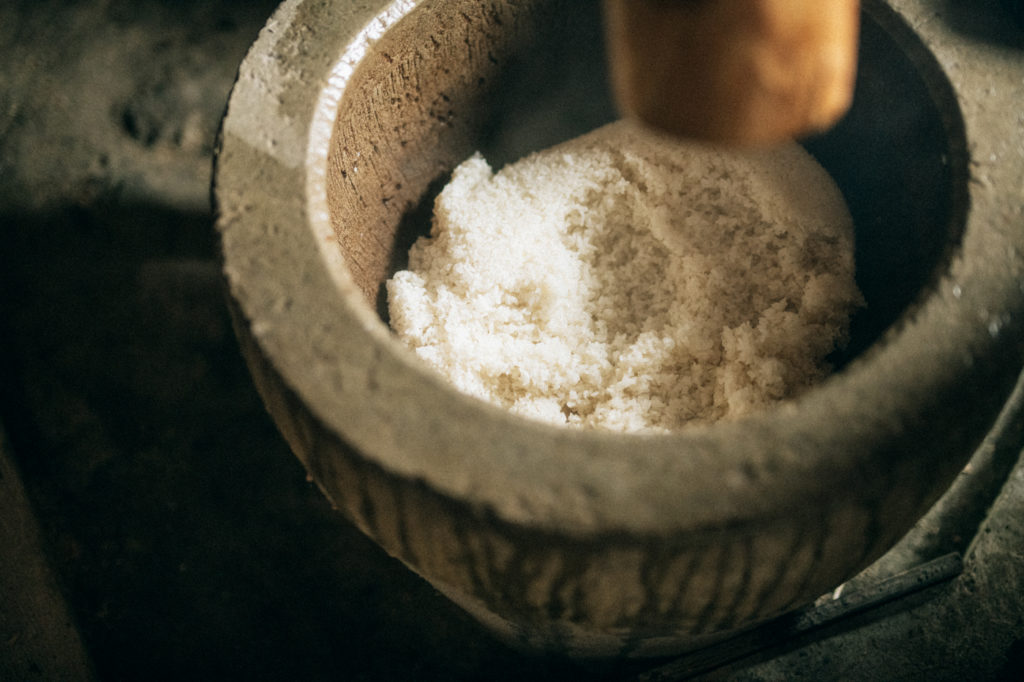
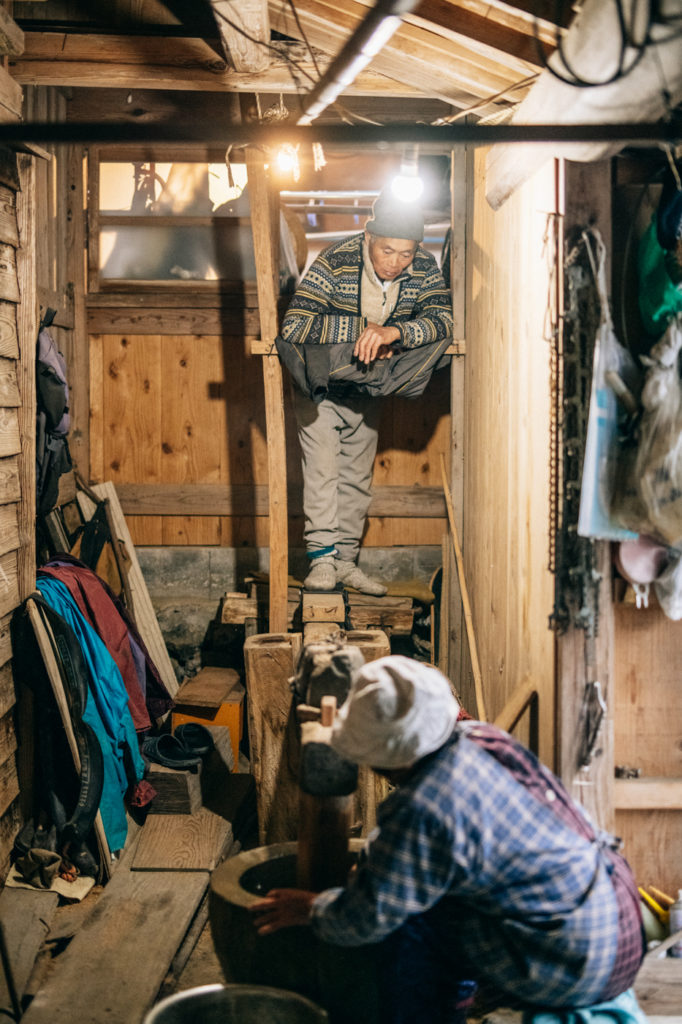
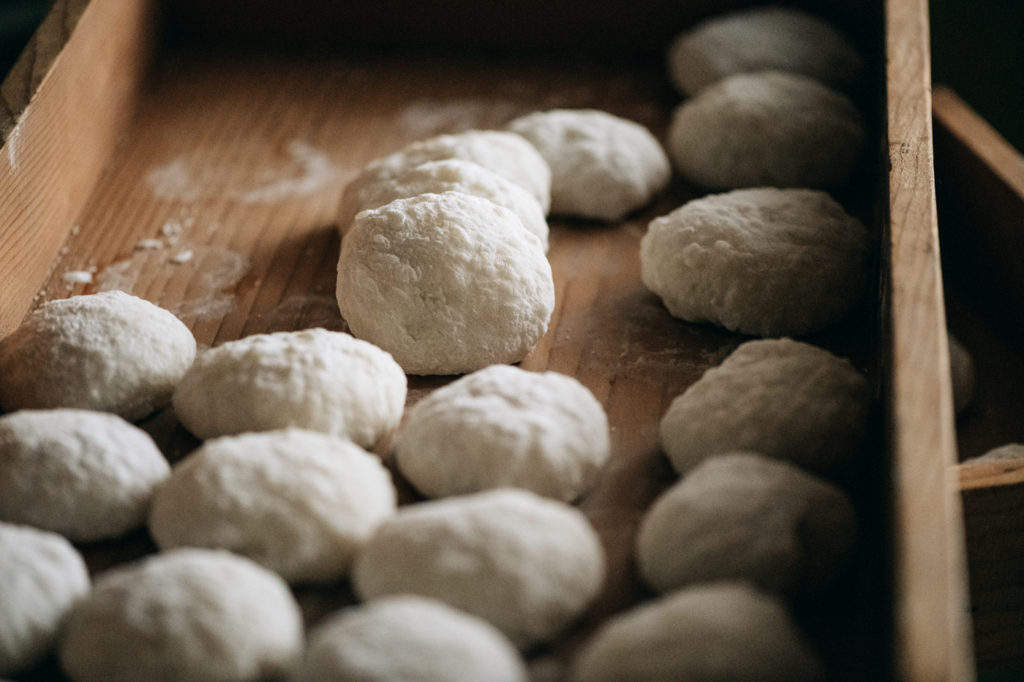
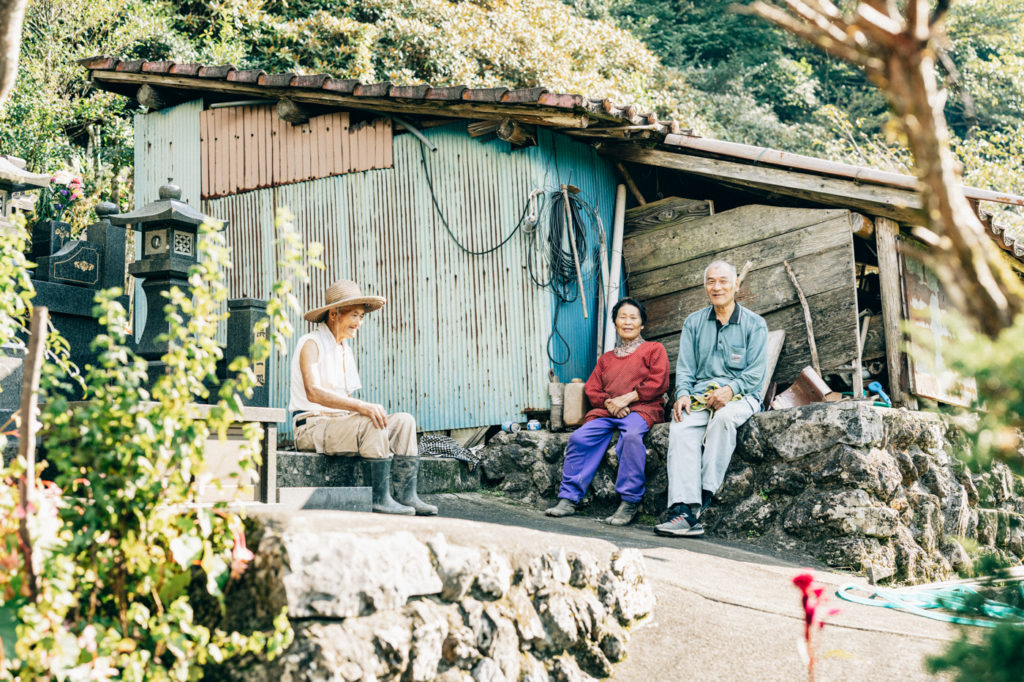
I also photograph events in Ushibuka, a port town in the southernmost tip of Amakusa City. This has been a familiar place since I was little, because it’s the hometown of my father and grandparents. The third Friday, Saturday, and Sunday of April each year is the Ushibuka Haiya Festival. It started in the latter half of the Edo period and is said to be the origin of Awa Odori Festivals held throughout Japan today. It has a unique touch for a port town though—on the morning of the final day, dozens of fishing boats fly their banners and put on a parade on water. The Haiya dance and the heroic parade of the fishing boats make tears well up in my eyes every time. That’s how strongly I feel about the festival. I have had to refrain from joining the event for two whole years because of the COVID-19 pandemic. I hope I can take part next year.
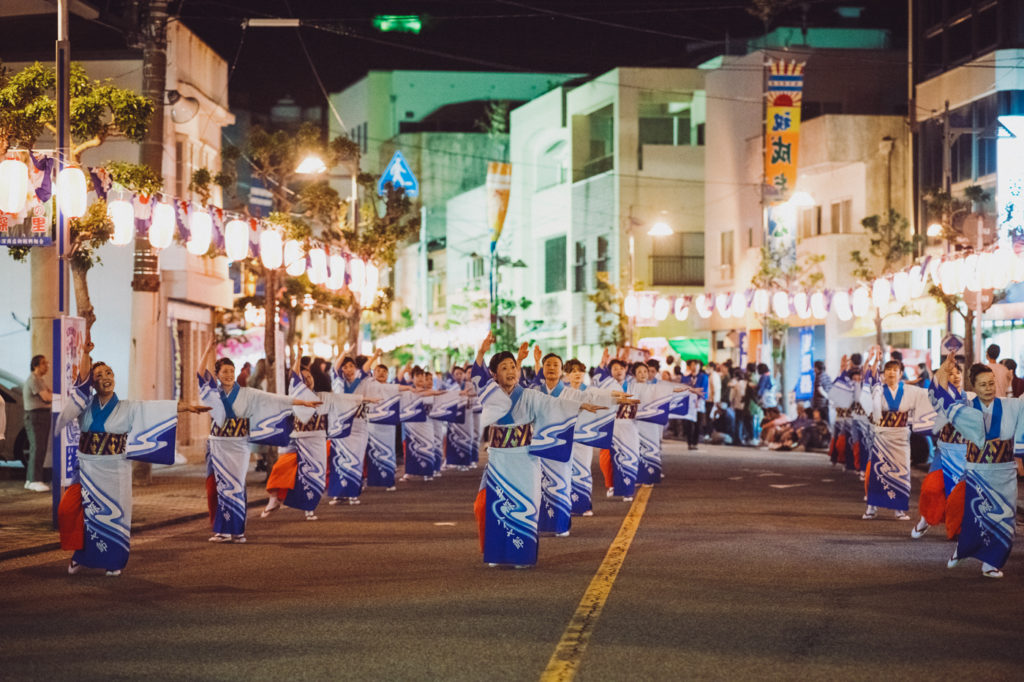
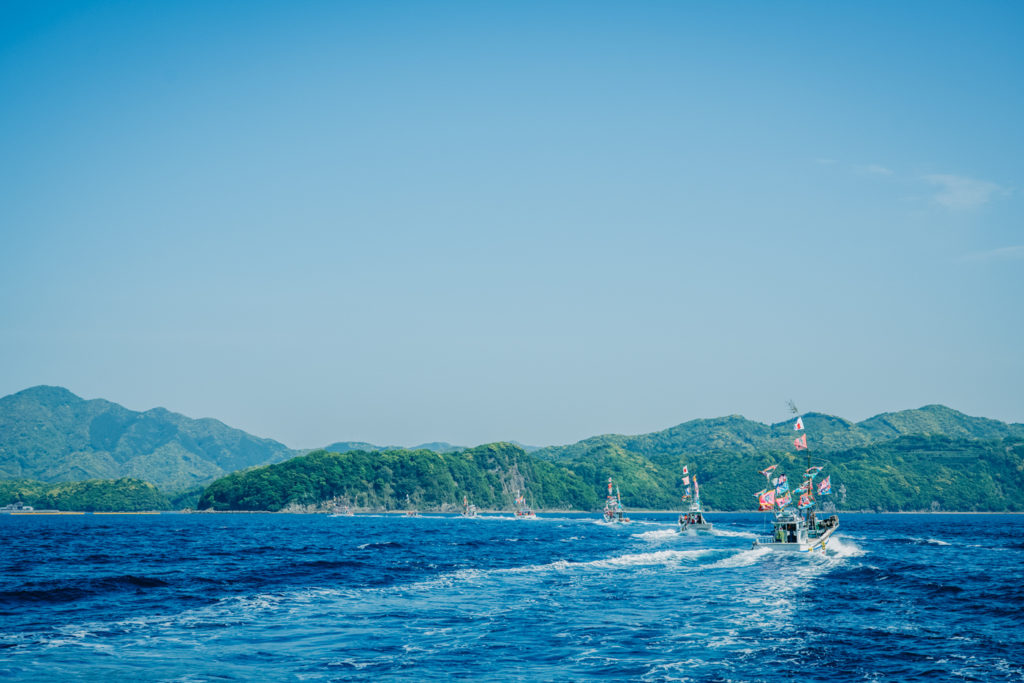
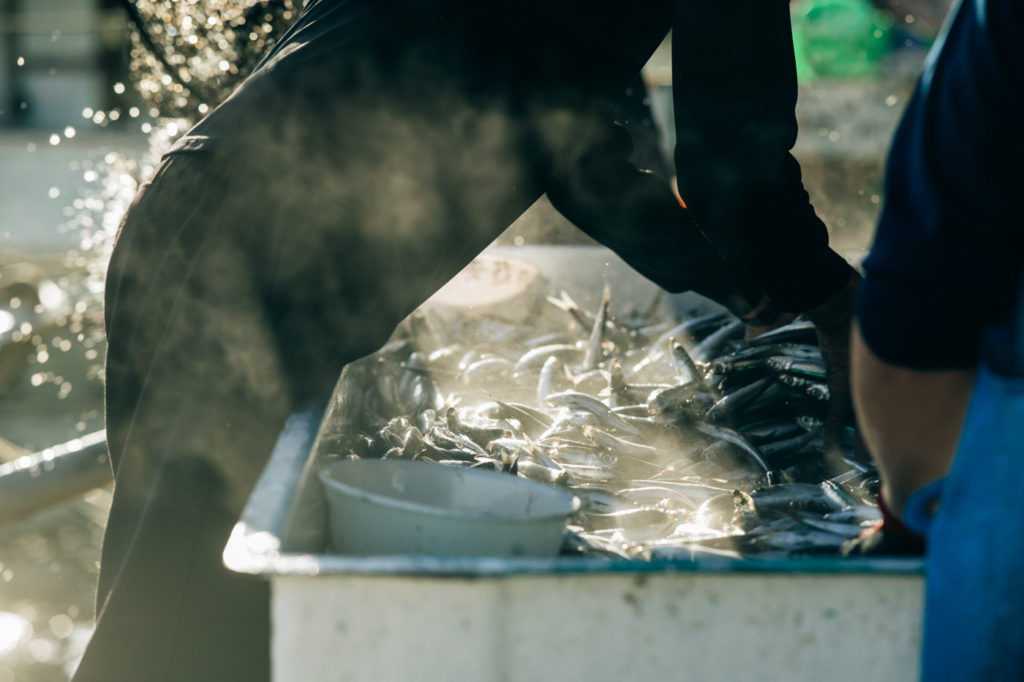
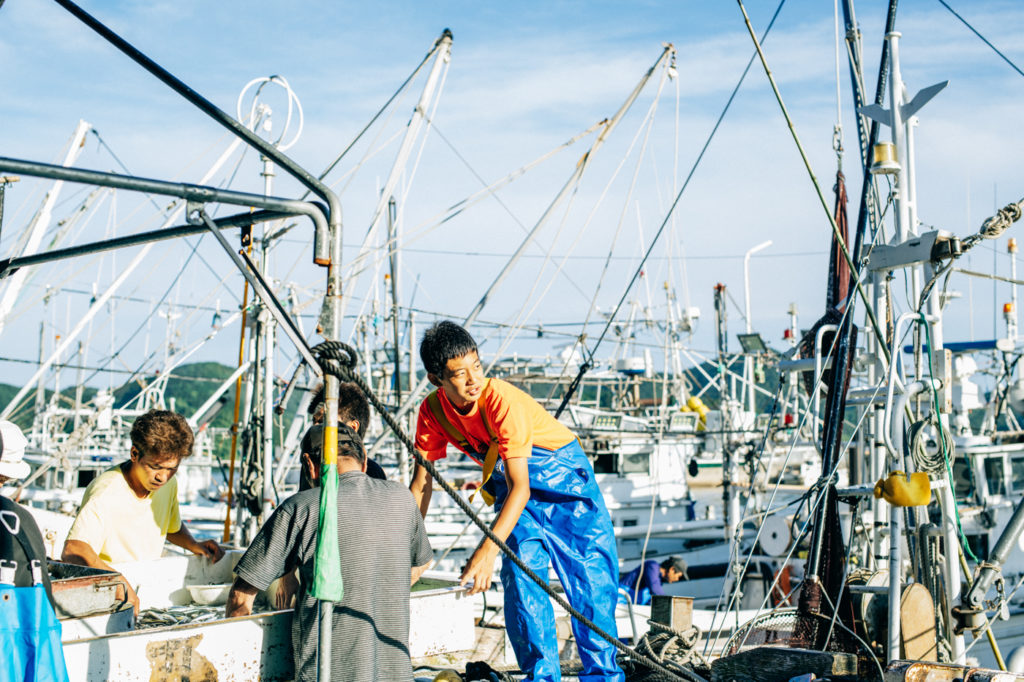
— What is your next area of interest, or what would you like to try in the future?
I often cover a certain community for a fixed length of time, and then when the job is over, move on to the next community. I would like to extend my stay and photograph community events and the natural landscape over a longer period of time. I feel as if I’ve been running nonstop since I was around twenty and want to slow down and focus more time and effort on each project. More seasoned photographers might say I’m not ready to slow down yet, but that is how I feel.
Akiko Yamaguchi
Akiko Yamaguchi was born in 1983 in Kumamoto City. She graduated from the graphic design department of Kumamoto Design Professional Training College and worked for seven years at Graphes, an advertising photography studio in Kumamoto Prefecture, before going freelance in 2011. Yamaguchi currently lives with her husband and daughter.
